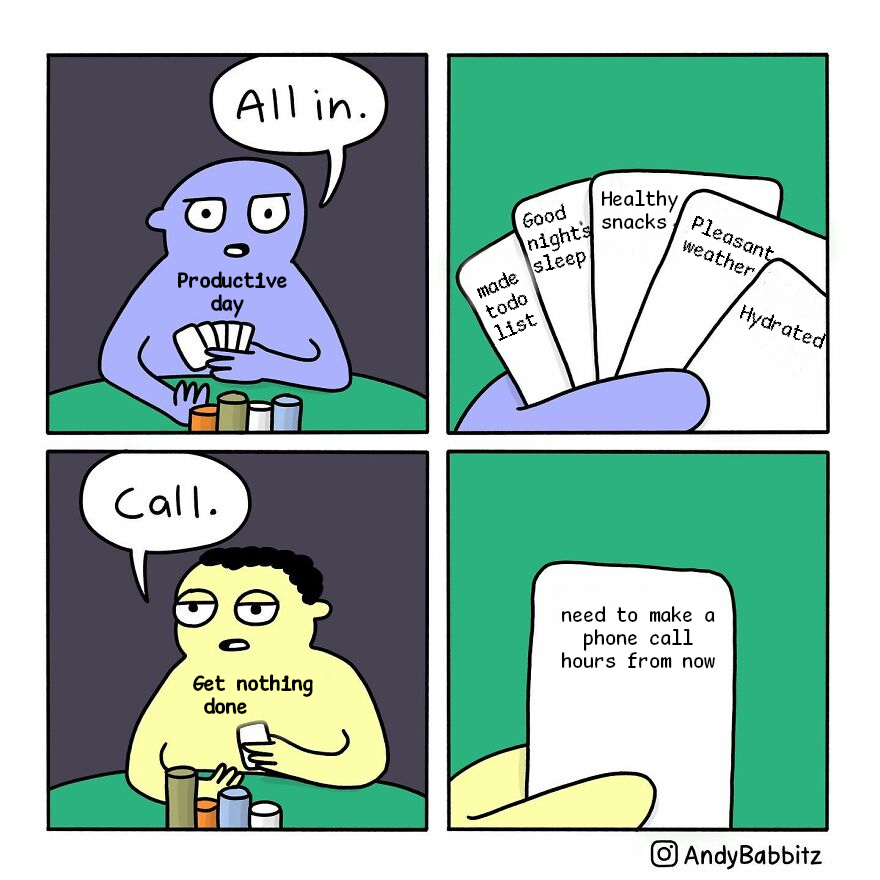My mouth hurts so that my heart doesn't
Bougie_Birdie
3 hours of debugging can save you 30 minutes of reading the documentation
I suppose people will always do what they think is easiest
When you consider that a lot of their customers are pretty entrenched in Amazon's services, "Boycott Amazon for a week" is more achievable than, "Boycott Amazon forever."
Now don't get me wrong, I'd love to see people give up on Amazon forever. But sometimes taking a week off is long enough for people to change their shopping habits.
Although I suppose the insidious thing about Amazon is that they only offer an annual subscription so I doubt people are cancelling their service for a week.
Hmm, I'd probably call it PG13.
The prologue has some fantasy violence / gore, and the main side plot is lesbian romance. Some sexual tension, and I think a fade to black, but I don't remember anything explicit.
I don't know if this would bother you, but the language was like fantasy blue-collar. The protaganist is an orc and curses a lot, but I feel they were fantasy swear words and I don't remember seeing any F-bombs
The book's main appeal is this wholesome, cozy vibe though. Even if some of the elements are for adults, it's got good morals and a heartwarming message
This book is like a warm hug on a cold day. I can't recommend it enough
I can't find anything concrete online, but my assumption is that it has to do with the adventure / module design.
Consider a scenario where the party is going to go kill a lich, but first must delve into the lich's lair before they may fight.
"Prophet" being that the party is forearmed with the knowledge of what the final encounter will be - and perhaps some intelligence on the dungeon.
"Squeeze" where the party has encounters that drain their resources. Those grenades / fireballs are going to be handy for fighting the lich, but they're also useful for dealing with the lich's zombie army.
"Monster" where the party finally encounters the prophesied monster and fights the lich.
I've never heard this trope named this way, but it's how so many dungeons and adventures are designed. The party knows they have a particular fight coming up, and must carefully manage their resources because they won't be having that fight at full strength.
Just buy another book then, you'll have only 12.5% of your problems left.
Hmmm, this is going to take forever...
Netflix will only show what they have a license for. They're probably only allowed to show the first two seasons, and the third may be exclusive to the show's home network.
Availability may also depend on region, wider licensing issues, or whatever whims Netflix is feeling at the moment
I hate CSS, my brain just can't seem to wrap itself around a flexbox
TTRPGs are quite diverse, but generally speaking they follow a similar formula. Traditionally, play takes place around a table, but even that's negotiable. Many people play exclusively online these days.
Depending on the system you choose to play, accessories such as minis and battlemats could be optional. However, if you favour a tactical game and want to engage with all the combat rules, they do become more important.
There's always alternatives though. I don't keep minis for all my creatures - as a DM, who could afford to? Personally I use paper tokens because they're easy to whip up and doodle on. Many people use coins, legos, or colored blocks. Anything can stand as a proxy of it's the right size. There are tales of people who use candy so players can eat what they kill.
Another option, particularly if you go for the online option, is to use a Virtual Tabeletop (VTT). This is software that simulates your table, battlemat, minis, and generally facilitates play. I find them complicated and kind of fiddly, but a lot of people like them.
At the end of the day, you don't need all that. There's a concept of play called the Theater of the Mind where players use their shared imagination instead of any accessories. It's easier when there aren't a lot of moving parts to keep track of, but if you prefer a narratively focused game then it's a good way to play.
As far as how to play the game, that's up to the individual system. However generally speaking you play by having a conversation. The DM describes a situation and then asks "What do you do?" Players then describe their actions. Turn-taking can be more or less rigid depending on the situation. In D&D in particular, turns become much more formal during combat where players take turns in Initiative Order.
Generally speaking, near the start of the rule book (if you have one) there will be an Example of Play. This is usually styled as a transcript of a conversation between players. I always thought those were neat, and they dona pretty good job of showing how a game might play
Getting into the hobby can be intimidating because there are a lot of rules in certain systems, and it can be hard to keep track of them all.
Almost all systems include (or should include) Rule Zero, or Have Fun - the most important rule of all.
If you're running the game then all rules are optional. As long as everyone is having fun then you can play however you want.
Anyway, I ramble a lot, but I've been playing these games for a long time. You're in for a fun new hobby, good luck getting your group together!
I use a thumbs up reaction as "I acknowledge I've read and understood this, but don't think you require a push notification" so I guess your mileage may vary










Quack